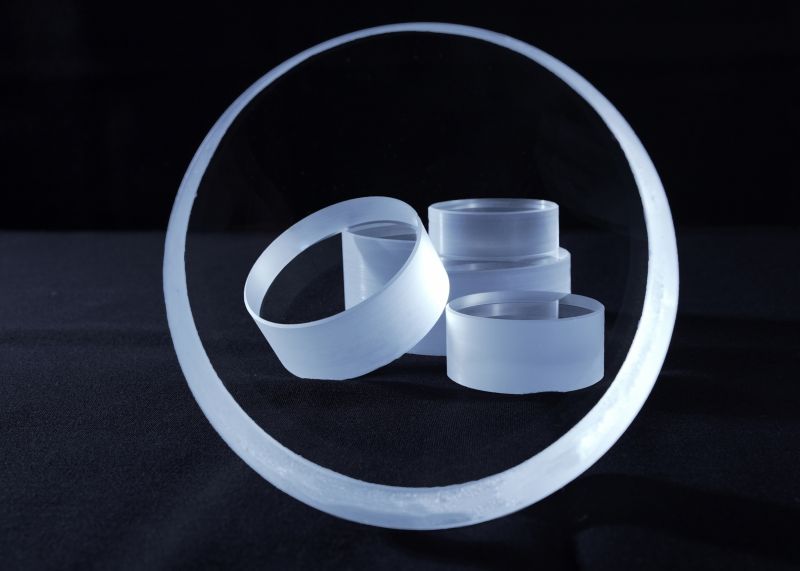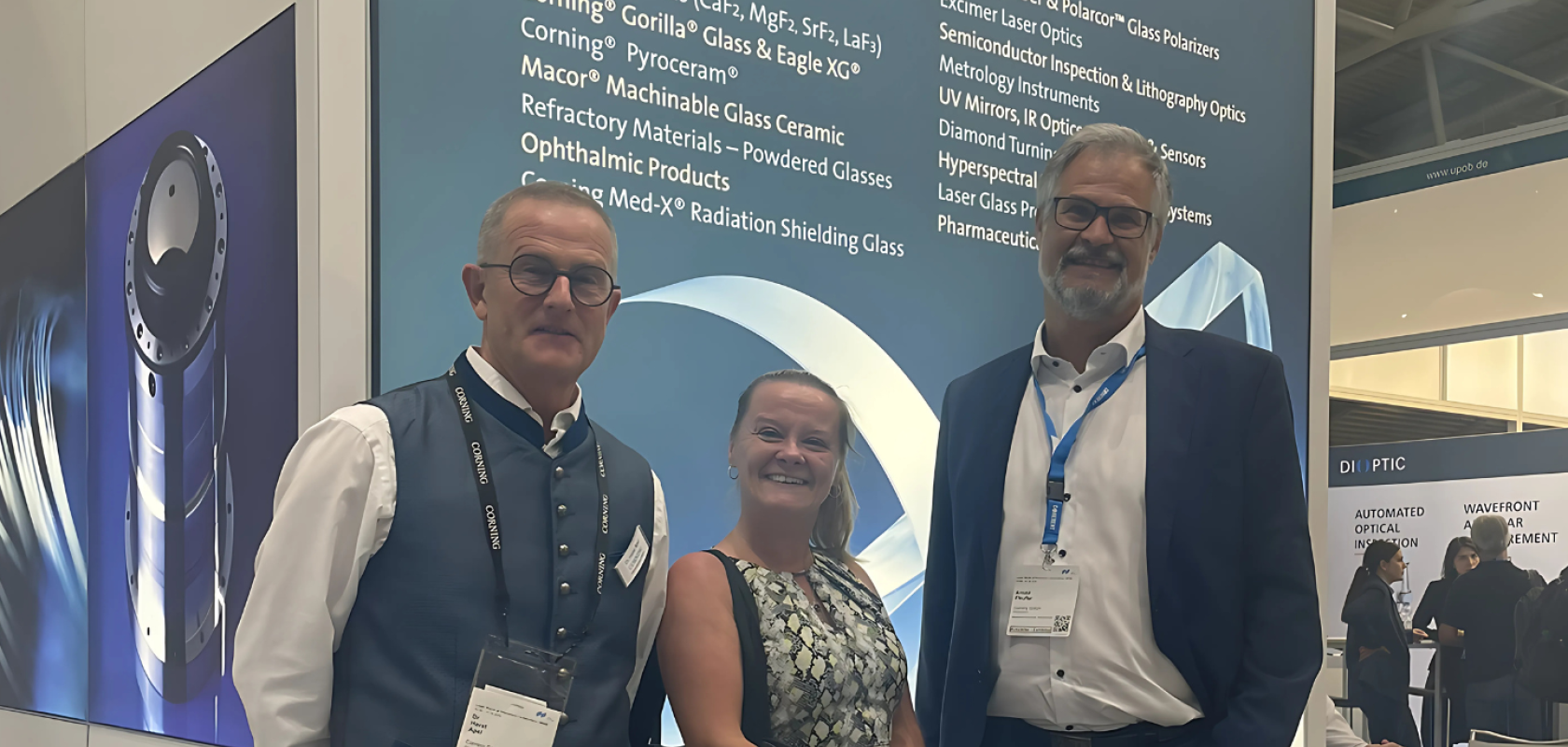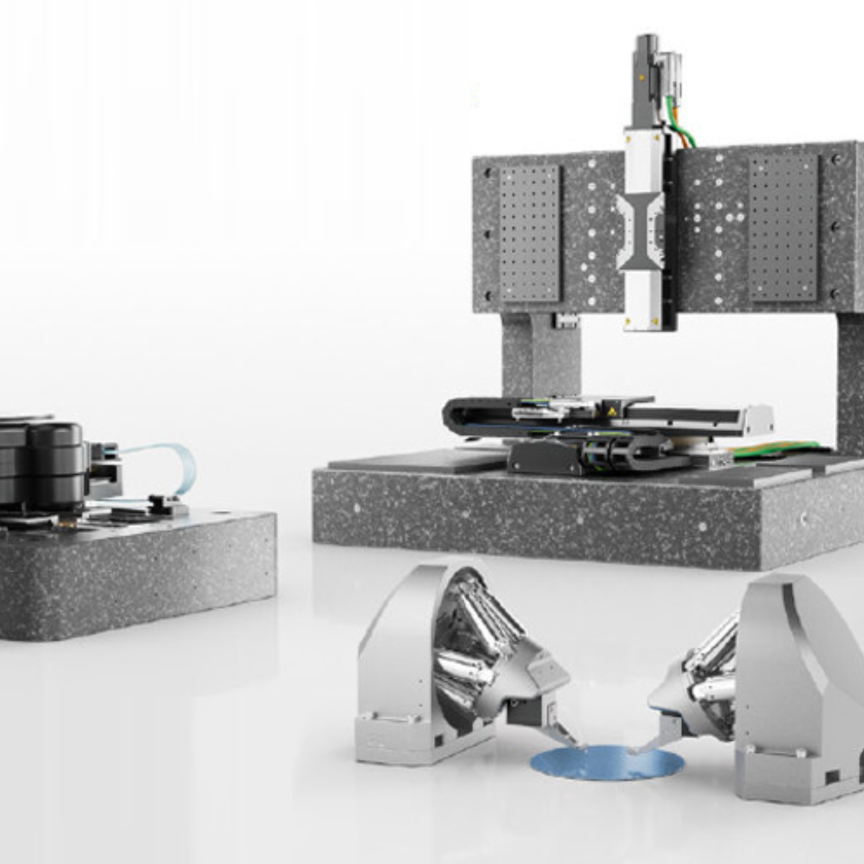Imagine a single company whose optics innovations are quietly powering everything from the next generation of semiconductors to humanity's quest for limitless fusion energy and the elusive search for dark matter.
Corning's Advanced Optics division used its recent showcase at Laser World of Photonics 2025 in Munich to highlight the breadth of applications for its specialised glass materials.
"Corning is one of the world’s leading innovators in material science. We are a material science company, so we present our solutions each year at Laser Munich to show the industry how we solve their toughest optical challenges," says Arnold Pfeuffer, who leads the Corning International EMEA commercial team for Corning's Advanced Optics division. The company's presence at the show reflected its commitment to serving diverse high-tech industries with materials that push the boundaries of what's possible.
Advanced optics for semiconductors
The division's primary focus remains the semiconductor industry, where Corning supplies what Pfeuffer describes as "immaculate materials that are vital to nearly every step of the semiconductor manufacturing process." This includes the company’s Corning® HPFS® Fused Silica, Ultra-Low Expansion (ULE®) Glass, and laser optics solutions. "HPFS was initially invented in the 1930s by Corning and is one of the key glasses in our portfolio. The other one is ultra-low expansion glass – titania-silicate glass that exhibits virtually no dimensional changes over extreme temperature variation,” he explains.
During the early 2000s, the lithography development of 13.5-nm tools required a major design shift in scanner projection optics from refractive to reflective. Produced primarily by flame hydrolysis, the thermal stability of ULE glass—invented during the 1960s for demanding astronomy applications—made it an ideal material for EUV lithography in semiconductor chip manufacturing. Its stability is ideal for applications in which high-precision control is essential, such as photomask substrates, machine reference blocks, scanner optics, metrology, and other processes where any shift in material dimensions due to thermal changes can compromise performance and accuracy.
Solving the toughest scientific puzzles
At Laser World of Photonics, Corning showcased two significant new products. The first is an improved version of ULE glass called Corning® EXTREME ULE® Glass. "We think that's the glass that's needed for the next generation of equipment, because if you look at lithography equipment, they use more energy, creating more heat. This process requires a glass with extreme thermal stability and uniformity to ensure consistent manufacturing performance,” explains Pfeuffer. The material will help chipmakers mass produce today’s most advanced and cost-efficient microchips.

The newly-launched Corning® EXTREME ULE® Glass (Credit: Corning)
The second is a newly launched Corning® OptiGrade™ Calcium Fluoride product designed for imaging applications. "This calcium fluoride is engineered to withstand and direct the short-wavelength laser light in photolithography," says Apel. "Fused silica, if you penetrate it with UV light too long, it gets what we call a ‘sunburn.’ Then we have an alternative – calcium fluoride transmits from 170 nanometres up to 10 microns."

Corning's® new OptiGrade™ Calcium Fluoride product for imaging applications (Credit: Corning)
Beyond semiconductors, Corning has strategically diversified into high-energy laser applications. Horst Apel, who handles business development, explains the rationale: "With exceptional properties, our materials are considered to be the best in the world for astronomical optics. These properties have made HPFS the material of choice for large refractive lenses and ULE renowned for thermally stable reflective mirrors used in world-defining projects across the world.”
Optics in fusion energy research
This diversification has led to remarkable applications. "Corning is now a main supplier for high energy laser systems in Europe.”
The ultimate goal of this work extends far beyond current applications. "There are people who believe strongly in the idea to use high energy lasers to produce the energy of the future – fusion energy. With light you emulate what the Sun is doing every other second," Apel explains.
Peering into the Cosmos: Corning's contribution to dark matter search
Perhaps most intriguingly, Corning's materials are contributing to fundamental physics research. "Scientists understand a tiny percentage of our universe with many fundamental questions still unanswered,” says Apel. "What keeps the galaxies together, although they spin so fast? We have participated on several projects where we deliver huge, fused silica lens blanks to companies, and they create detectors to look for dark matter."
The show proved highly successful for Corning's team. "We also noticed that there are projects where there was meat around the bone," reports Apel, indicating serious commercial discussions were taking place.
Corning's approach emphasises problem-solving over product-pushing. "We ask customers not what they need. We ask them, ‘what's your problem?’ Then we solve it," says Pfeuffer. "We probably spend more time understanding the problem than it takes us to fix it."
After 25 years with Corning's European team, Apel remains energised by the work. "You participate in world record science projects with significant outcomes. Maybe Corning is part of ensuring energy production for the next century." For a company that helped enable everything from Edison's light bulb to modern internet infrastructure through optical fibre, contributing to humanity's energy future seems a natural next chapter.


